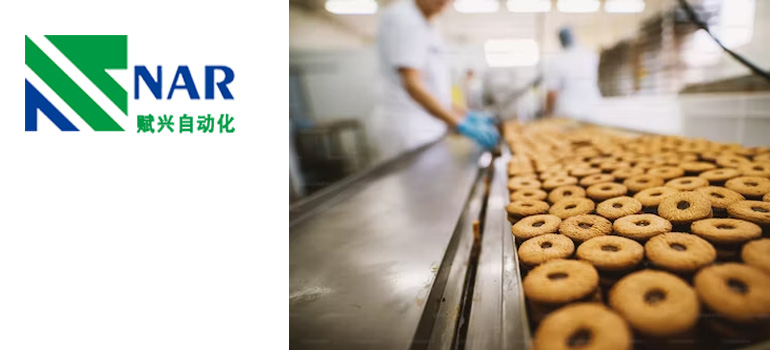The conveying system is the place where processed or unprocessed food is transported from one production line to another. Due to cost reduction reasons, conveying systems typically only meet the minimum requirements for food safety.
The number of pollution recalls after food processing is constantly increasing, and food safety issues in the conveying system need to be taken seriously. Design conveyor system types and standards that meet food safety standards.
So how to ensure food safety standards? The following will take you to understand how to improve food safety during transportation.
Conveyor belt food safety level
Determine the characteristics of the transported materials, ensure that the materials in contact with food meet food safety standards, and select suitable food grade conveyor belts.
environment
Transportation in a safe environment is crucial.
Closed conveyor
Effectively isolate the product from the external environment. Even so, it is necessary to control the environment.
Safety advice
Experts inspect and analyze the required food safety conveyor solutions to prevent minor but important maintenance issues.
The solution process typically starts with on-site inspections of conveyor belts to detect the risk of cross contamination. Next, experts should conduct chemical resistance tests on the cleaning agent and then conduct a comprehensive analysis of the results.
Belt cleaning
Ensuring the cleanliness of the factory is crucial in the operation of manufacturers. Proper cleaning of conveyor belts can not only extend the service life of the conveyor, but also ensure food safety.
Before choosing traditional cleaning technologies, various key points need to be kept in mind. The following factors can also determine how often you should clean the conveyor belt.
Material volume. The larger the material transported, the greater the impact on the conveyor belt, so it is necessary to clean the belt in a timely manner.
Belt cleaning. Dirt left on the conveyor belt is not cleaned in a timely manner, and it becomes more difficult to remove after a longer period of time. If not cleaned, pollutants will spread to other conveying components.
Transport food characteristics. Sticky food is more likely to cause shipping issues.
Belt cleaning technology
The cleaning technology for conveyor belts can be divided into manual and automatic cleaning methods.
Manual cleaning can consume a lot of manpower, and brushing and scraping are manual methods in semi-automatic cleaning to ensure safety and reduce downtime. Automatic cleaning is faster than manual cleaning.
The specific operation for cleaning the conveyor belt is as follows:
- Clean up debris and residues
- Removing sticky food and food particles
- Remove wear and stains on the belt
- Rinsing
- Wash and vacuum to dry and remove excess
Wet cleaning
Without disassembling the system, wet cleaning quickly and effectively uses closed conveyor belts to clean and disinfect the material handling system without wetting the surrounding area.
Wet cleaning is not suitable for all food transportation, but it can minimize potential contamination of other types of food. This program starts with water flushing, followed by foaming agent, disinfection flushing, and finally water flushing. After thoroughly flushing the system, drying is completed by connecting the polyurethane wiper to the disc of the tubular conveyor, which acts as a scraper to remove any residual water.
Using appropriate food safety conveyors can not only reduce operating costs and environmental impacts, but also extend the service life of the conveyor and its drive system. In addition, food safety conveyors can also save you time and money to prevent accidents, and promote customer trust and confidence in the products and services you provide.
Please consult conveyor experts to determine the best food safety conveyor solution based on your installation conditions.
Maybe you are interested in the following: All you need to know about food robotics

